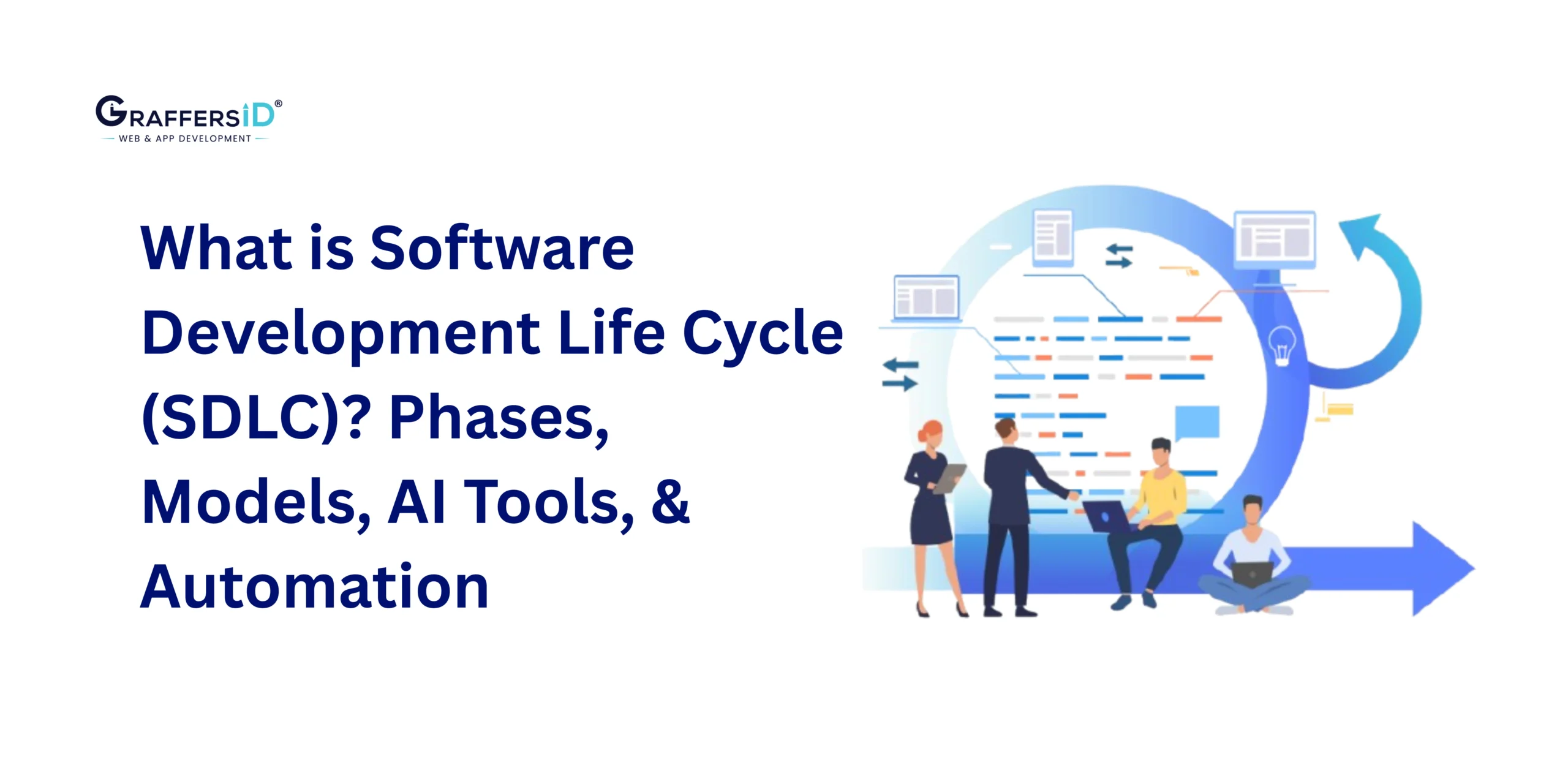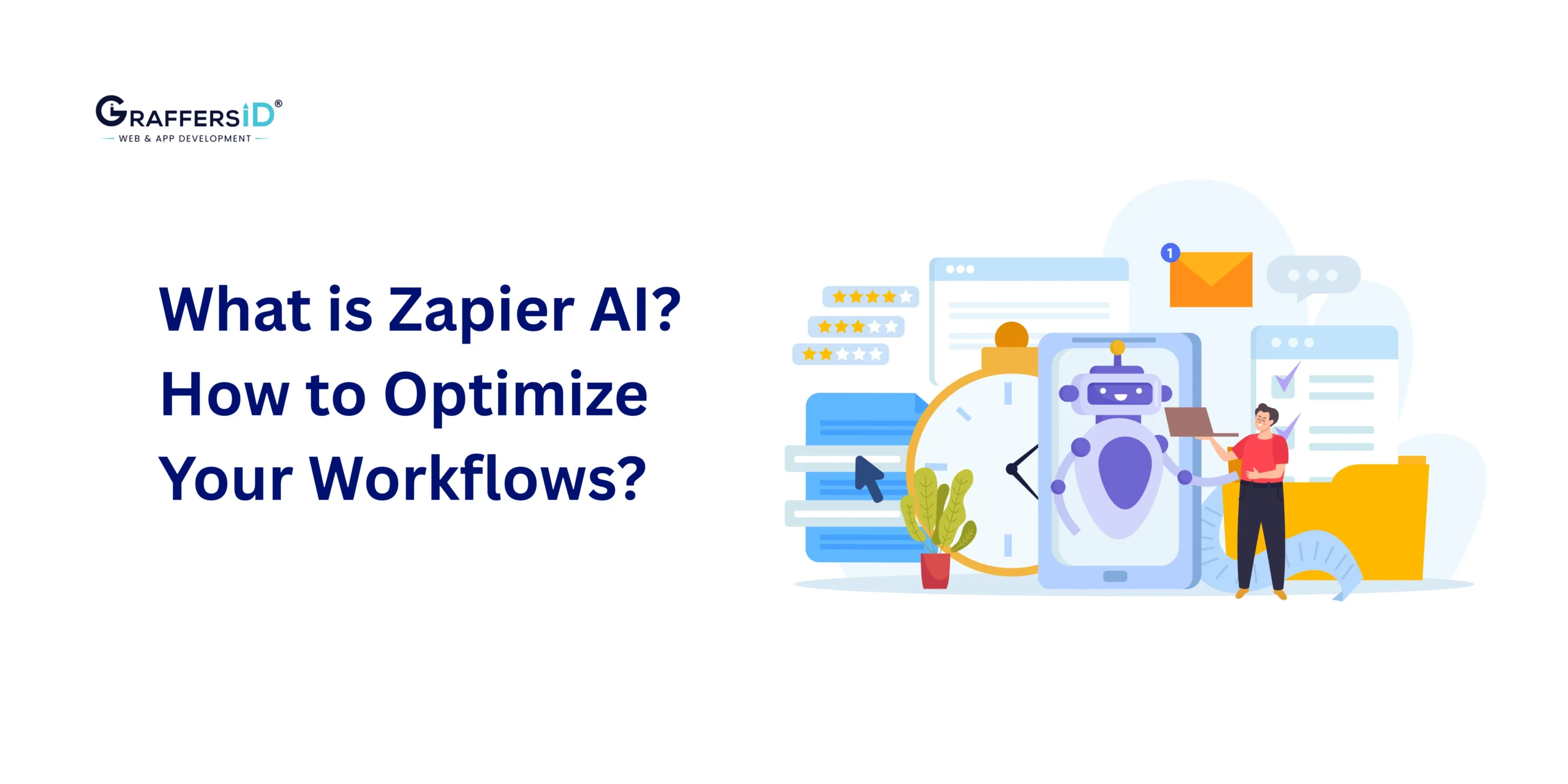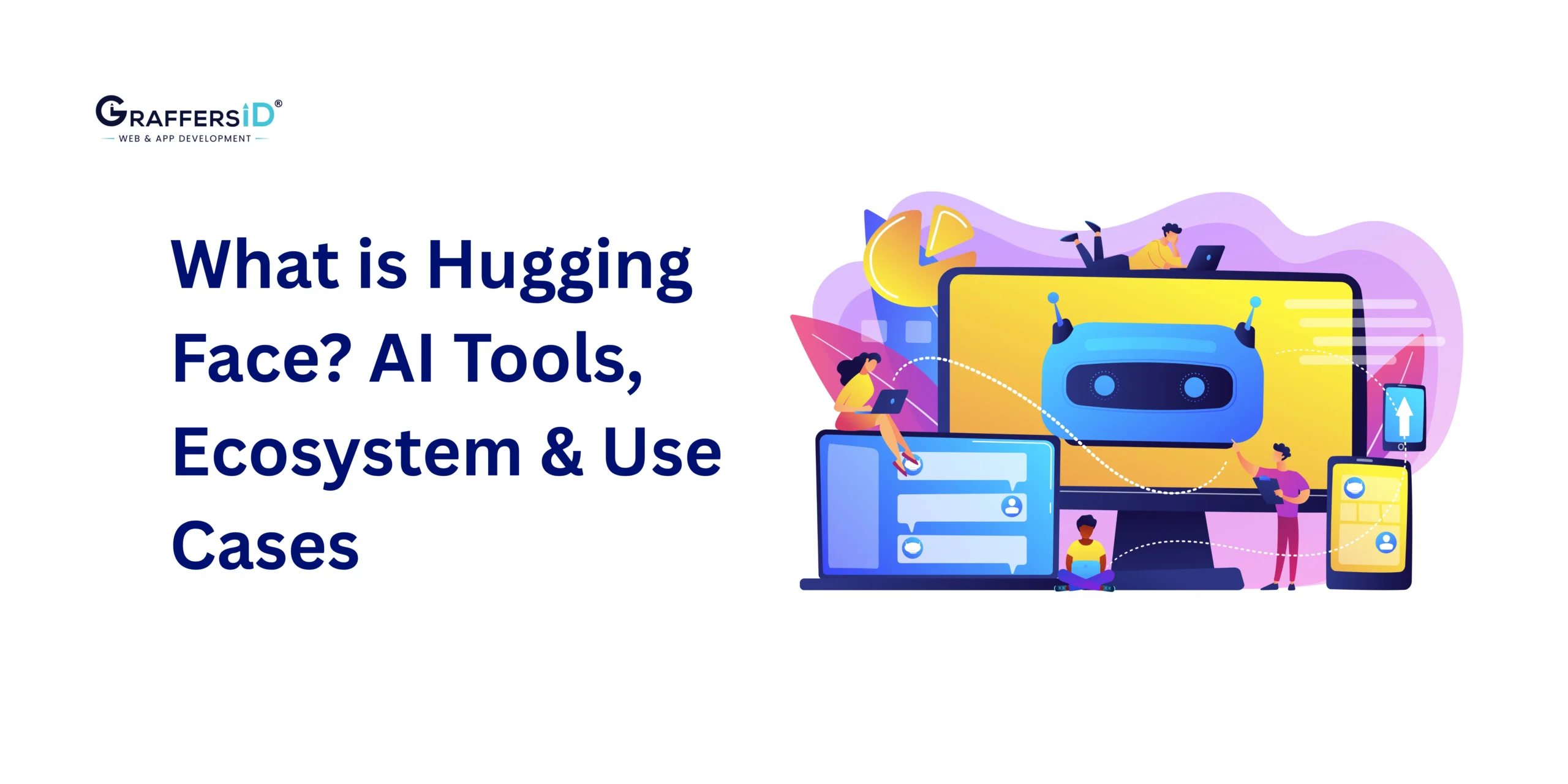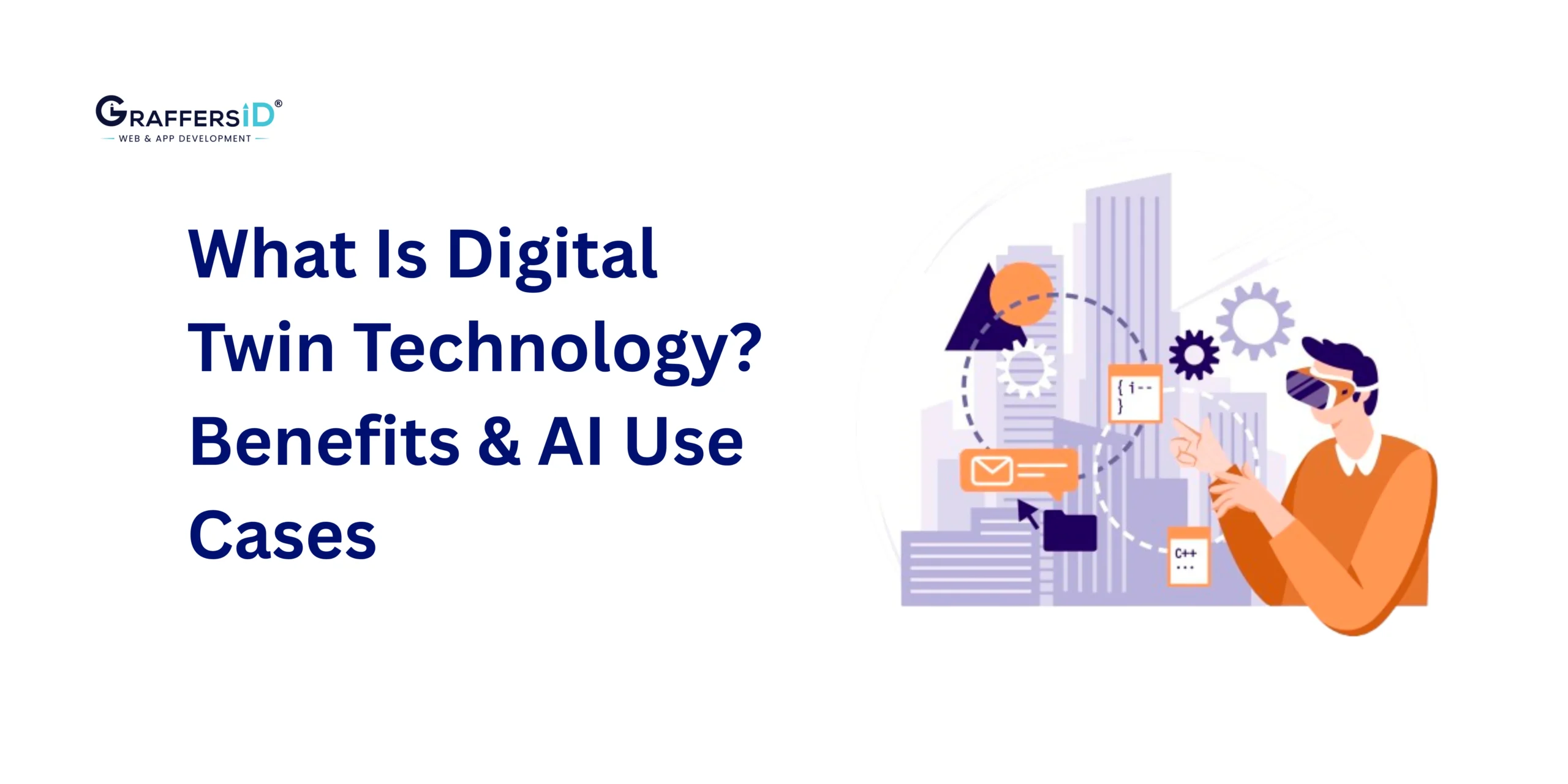The Software Development Life Cycle (SDLC) remains the fundamental framework for developing reliable and efficient software systems. However, the widespread adoption of automation, cloud computing, DevOps, and artificial intelligence (AI) in 2026 has significantly changed this rigid process. Companies now expect faster delivery, smarter systems, and minimal errors. Because of this shift, the SDLC must be intelligent, flexible, and completely integrated with modern technology.
This article looks at the evolving SDLC of 2026, including updated phases, AI-powered tools, model comparisons, and actionable suggestions for tech professionals aiming to upgrade their software workflows.
What is the Software Development Life Cycle (SDLC)?
An organized framework that outlines the phases needed in creating software systems is called the Software Development Life Cycle (SDLC). It offers an organized approach to software development, reducing risk and improving product quality while allowing teams to build applications.
In the past, the SDLC included stages such as planning, gathering requirements, designing, developing, testing, deploying, and maintaining. These days, automated pipelines, real-time monitoring systems, and AI agents improve each of these phases.
Consider SDLC as a digital blueprint for turning an idea into a software solution that is scalable, usable, and functional.
Why SDLC Still Matters in 2026?
Despite massive advancements in SDLC methodologies and tooling, the core principle of SDLC—structured software creation—remains relevant. Here’s why:
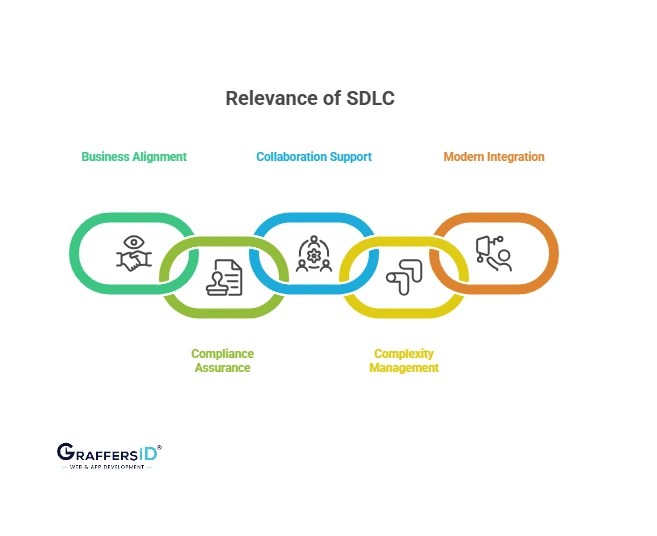
- Manages complexity: Breaks down intricate software development into manageable steps.
- Ensures compliance: Required for regulated industries (e.g., healthcare, finance) to ensure auditability.
- Supports collaboration: Provides clarity to distributed, cross-functional teams.
- Aligns with business goals: Aligns technical work with stakeholder expectations.
- Integrates AI & DevOps: Embraces modern practices like continuous delivery and autonomous testing.
7 Phases of SDLC in 2026 (with AI + Automation)
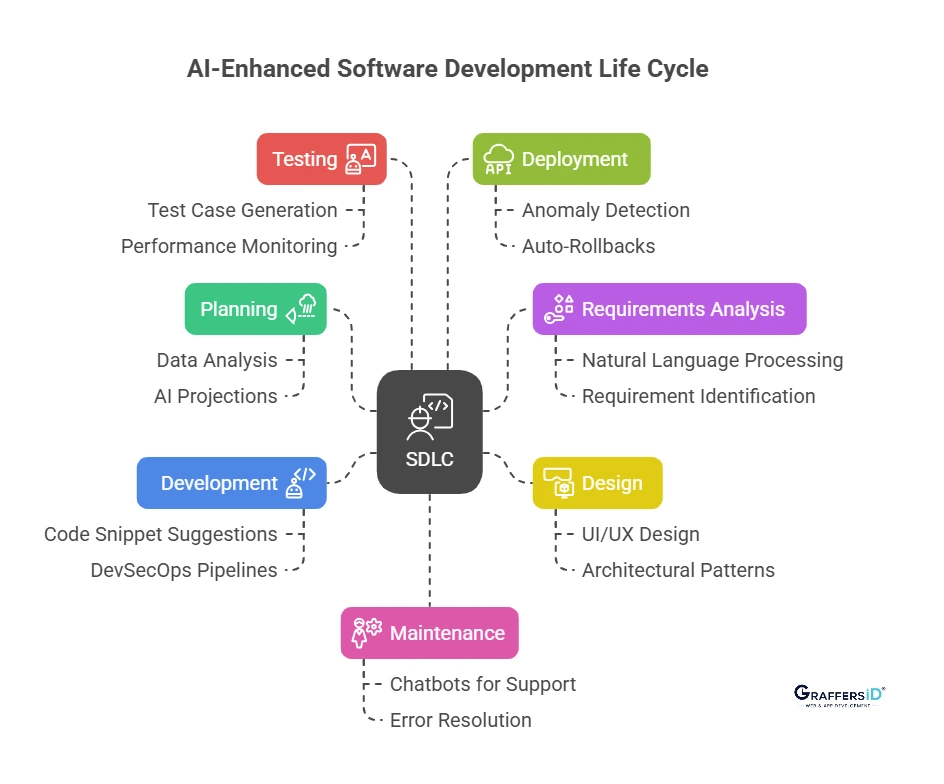
1. Planning (AI-Enhanced Feasibility & Forecasting)
In 2026, planning includes improved data analysis, customer insights, and AI-powered forecasts. Market trends are evaluated by predictive models, and the first project documentation is drafted with the help of generative AI tools.
Key tasks:
- Define goals, objectives, and success metrics
- Conduct feasibility and risk analysis using AI simulators
- Automate roadmap generation with Notion AI or Productboard
2. Requirements Analysis
AI-driven insights and human input are combined in modern requirement analysis. User stories and use cases are extracted by tools that examine CRM data, previous support tickets, and customer interviews.
AI Advantages:
- Convert natural language into structured requirements
- Identify missing or conflicting requirements
- Use NLP-based summarization (e.g., ChatGPT) for faster documentation
3. Design (AI-Augmented UX + Architecture)
Both user experience and system architecture are the primary focus of the design phase. By 2026, artificial intelligence will be crucial for creating wireframes, suggesting architectural designs, and modeling user behavior.
Modern tools:
- Figma AI and Uizard for quick UI/UX design iterations
- AI agents that suggest microservice architectures based on scope
- Prototyping tools that predict accessibility issues
4. Development (AI-Assisted Code Creation)
Developers no longer begin from scratch. GitHub Copilot and AWS CodeWhisperer are examples of AI coding assistants that improve logic, enforce best practices in real-time, and recommend entire code snippets.
Development in 2026 includes:
- Pair programming with AI tools
- Integrated DevSecOps pipelines
- Cloud-native, modular development with serverless APIs
5. Testing (Autonomous + Predictive Testing)
The testing process is now intelligent and mostly automated. AI tools are capable of generating test cases, detecting edge cases, and finding errors in automated testing.
Modern testing stack:
- Testim, Functionize, Cypress + GPT for script generation
- Visual regression testing
- Real-time performance monitoring
6. Deployment (CI/CD + AIOps)
Deployment is no longer a separate stage; rather, it is ongoing. CI/CD automation and containerization allow for frequent deployments with less downtime.
AI applications:
- Anomaly detection during rollouts
- Load balancing and canary testing via AIOps
- Auto-rollbacks when failures are detected
7. Maintenance (Self-Healing Systems & Feedback Loops)
Following deployment, software systems are continuously monitored. AI can log problems, identify anomalies, and, under certain situations, even fix issues on its own.
Key capabilities:
- Chatbots for L1 support
- Error resolution suggestions from AI agents
- Continuous feedback integration from usage analytics
Read More: What is Generative AI and How Does It Affect Software Development
Tools Used Across the Modern SDLC
| Phase | Top Tools (2026) |
| Planning | Notion AI, Productboard, ClickUp AI |
| Design | Figma AI, Uizard, Adobe Firefly |
| Development | GitHub Copilot, AWS CodeWhisperer, Replit Ghostwriter |
| Testing | Testim, Functionize, Selenium + GPT plugins |
| Deployment | Jenkins, GitHub Actions, Docker, Kubernetes |
| Maintenance | Datadog, Sentry, Opsgenie, OpenTelemetry |
SDLC vs STLC in 2026: What’s the Difference?
| Aspect | SDLC (Software Development Life Cycle) | STLC (Software Testing Life Cycle) |
| Purpose | The entire software development process | Process to plan and execute testing activities |
| Scope | Planning for maintenance | Test case design for bug reporting |
| Participants | Developers, PMs, Designers, QA | QA, Test Engineers, sometimes Developers |
| AI Tools | Copilot, Notion AI, Productboard | Testim, Functionize, ChatGPT for test generation |
| Outcome | Functional, deployed software | Defect-free, validated software |
Top 5 SDLC Models in 2026 & How to Choose One
1. Waterfall Model
The model is phase-based and sequential, with each step having to be finished before moving on to the next. For projects with set requirements and scope, such as government systems or products with a high compliance burden, waterfall is perfect.
2. Agile Model (e.g., Scrum)
An iterative strategy for releasing software in small, functional increments. Agile is ideally suited for startups or developing digital goods since it places a strong emphasis on teamwork, consumer feedback, and ongoing improvement.
3. DevOps + Agile
Combines DevOps automation for CI/CD, monitoring, and operations with Agile development methods. Perfect for cloud-native SaaS products that require dependable delivery and quick iterations.
4. Spiral Model
This approach, which is a cross between Waterfall and Agile, prioritizes iterative releases while placing a high priority on risk analysis. Ideal for high-budget, R&D-intensive projects.
5. Hybrid Model
A custom blend of SDLC methodologies tailored to an organization’s needs—e.g., using Waterfall for planning and Agile for development. Useful for digital agencies or projects with mixed requirements.
Read More: Role of Artificial Intelligence (AI) in Software Development
Software Development Life Cycle Models: Comparison
| Model | Best For | AI Readiness |
| Waterfall | Government, regulated industries | ❌ Low |
| Agile (Scrum) | Startups, iterative releases | ✅ High |
| DevOps + Agile | SaaS platforms, fast time-to-market | ✅✅ Very High |
| Spiral | Risk-heavy, complex R&D projects | ✅ Medium |
| Hybrid | Agencies, long-term product contracts | ✅ High |
Tip: Use AI technologies, such as Jira + GPT plugins, to predict the effects of choosing an SDLC model according to team size, scope, and timeframe.
Benefits of a Structured, AI-Augmented SDLC
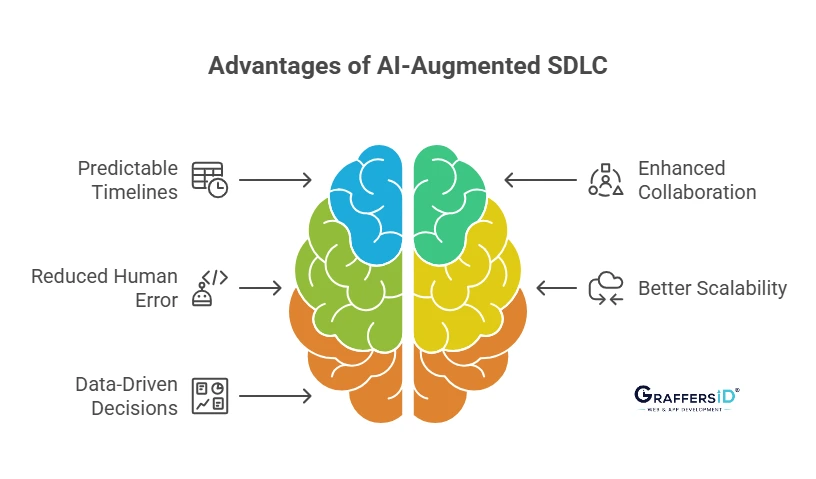
- Predictable Timelines: Milestones and deliverables aligned with roadmap planning tools.
- Enhanced Collaboration: Developers and non-tech stakeholders collaborate using AI-generated docs and dashboards.
- Reduced Human Error: AI linting tools and testing platforms catch issues early.
- Better Scalability: Microservices + serverless + AIOps = cloud-native and scalable systems.
- Data-Driven Decisions: Continuous feedback loops using tools like FullStory, Mixpanel, or Hotjar.
Common Mistakes to Avoid in Modern SDLC
- Relying solely on AI-generated code without human code review.
- Choosing a complex SDLC model for a simple MVP.
- Neglecting documentation in favor of speed.
- Underestimating testing automation needs.
- Ignoring prompt engineering in AI-assisted workflows.
Real-World Use Case: How AI Accelerated SDLC
A U.S.-based fintech startup collaborated with GraffersID to build a secure digital payment platform. Here’s how SDLC was optimized:
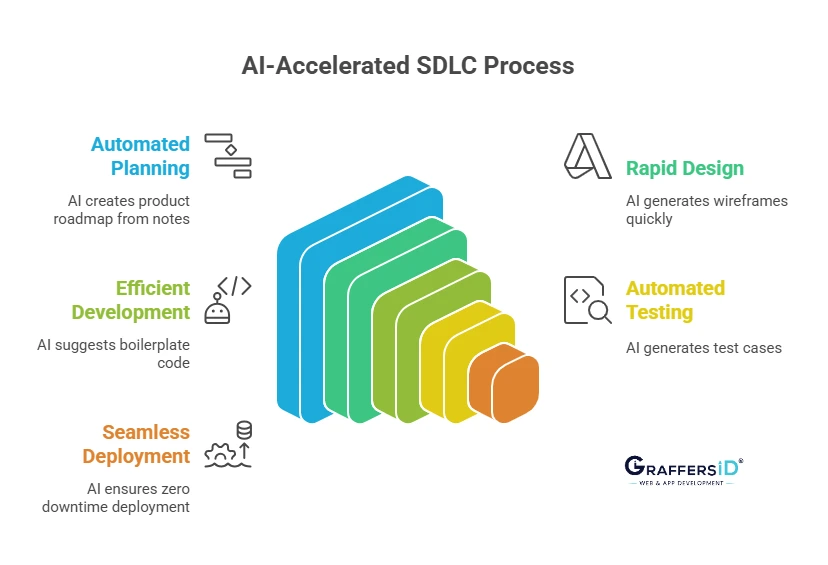
- Planning: Notion AI was used to automate the product roadmap based on stakeholder notes.
- Design: Figma AI quickly created wireframes, reducing design time by 40%.
- Development: GitHub Copilot auto-suggested 60% of boilerplate code.
- Testing: Functionize generated test cases based on user flows.
- Deployment: Kubernetes handled containerized deployments with zero downtime.
Result: Time to market was reduced from 6 months to 3.5 months.
Final Thoughts
In 2026, the Software Development Life Cycle will focus on using artificial intelligence, automation, and agility to create software that is future-proof, rather than merely adhering to an approach. Businesses may save development costs, shorten time-to-market, and produce more effective products by adopting an organized yet adaptable SDLC powered by AI.
Are you prepared to build your next AI-ready application? GraffersID specializes in developing modern software with AI-integrated SDLC procedures.
Whether you’re a startup launching an MVP or an enterprise modernizing legacy systems, our developers:
- Are trained in the latest AI dev tools and automation platforms
- Follow secure, agile, and scalable SDLC practices
“From idea to AI-powered product—we’ve got your back.” Contact us today for expert software development services!
